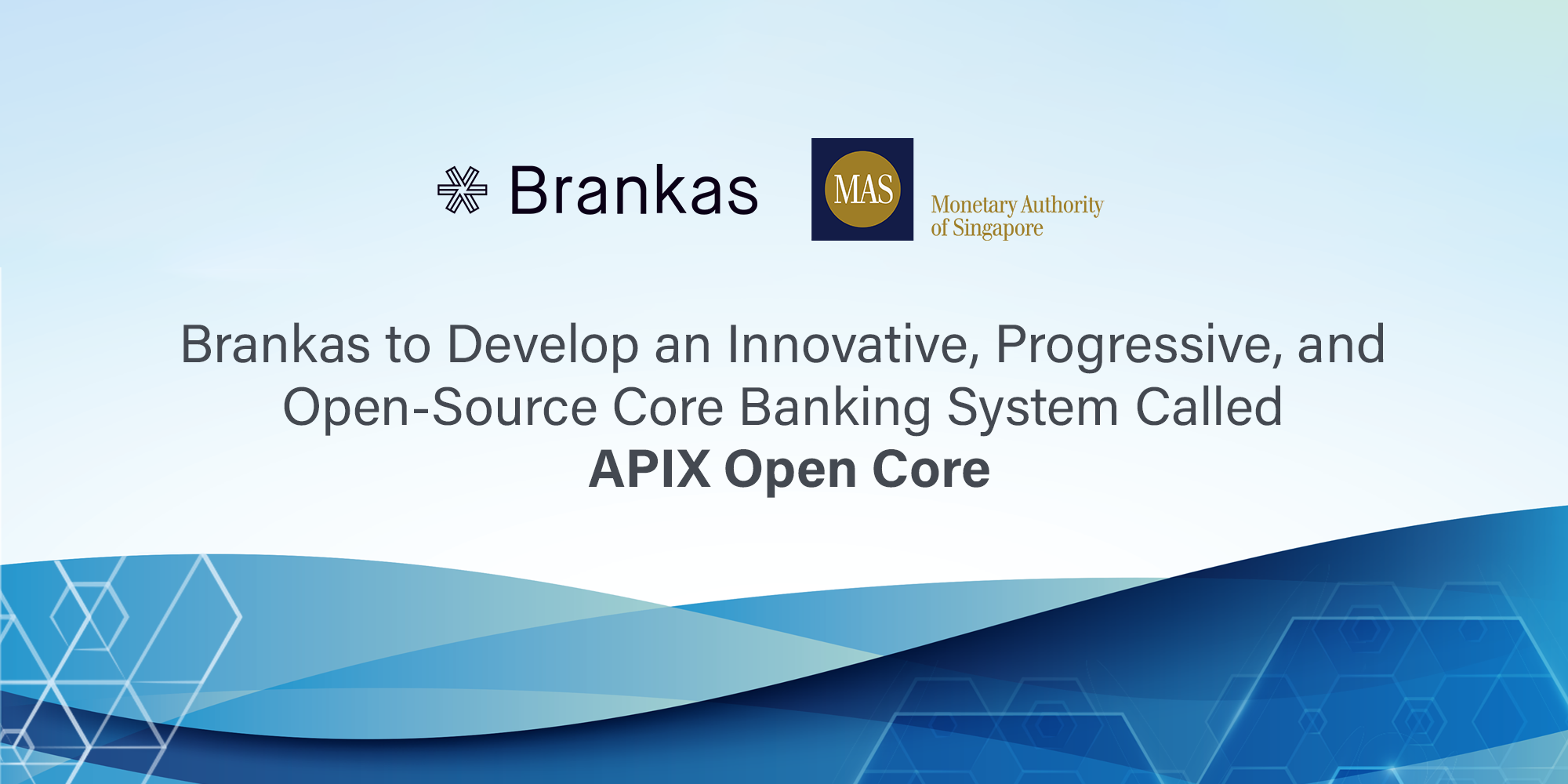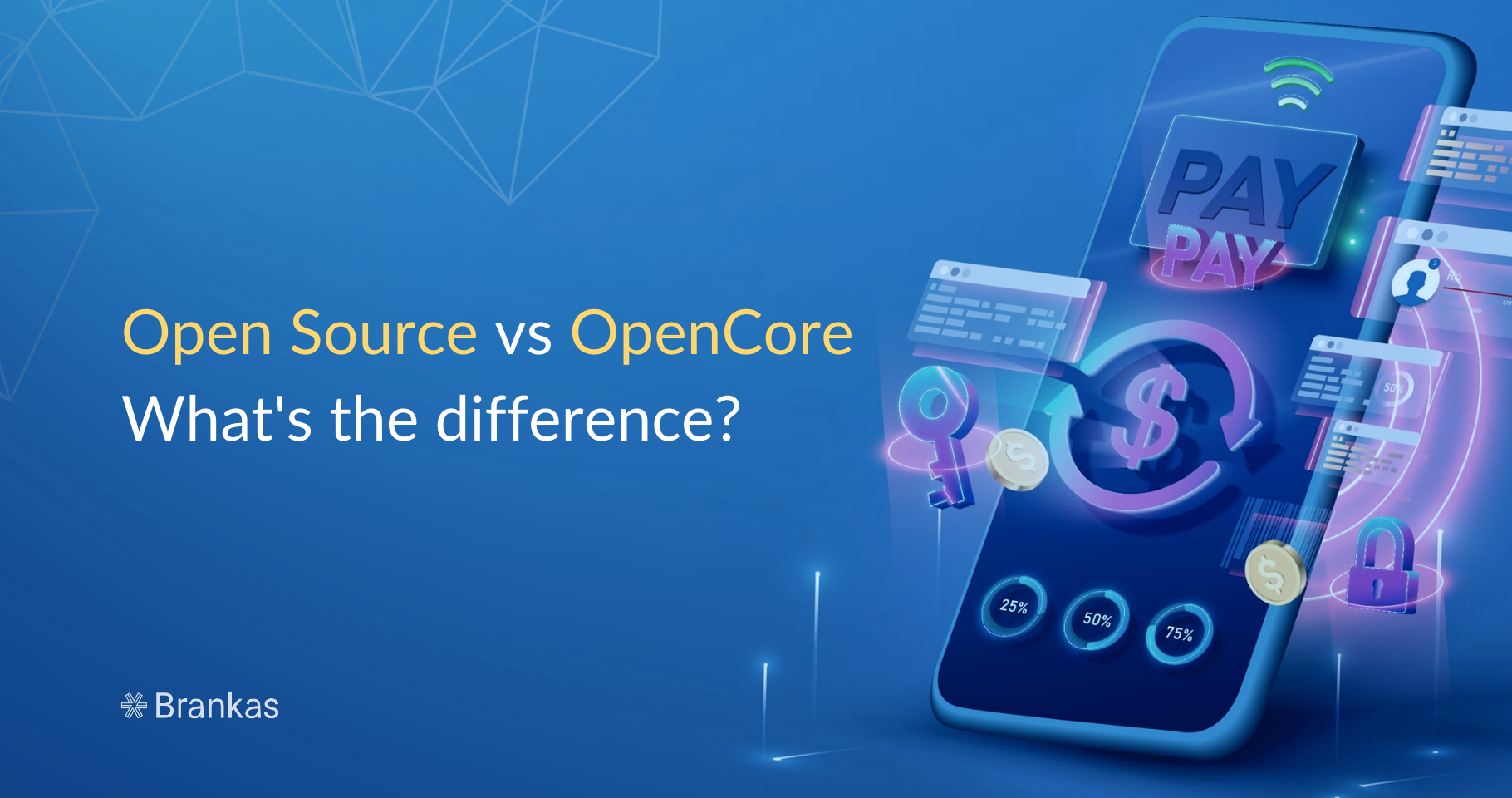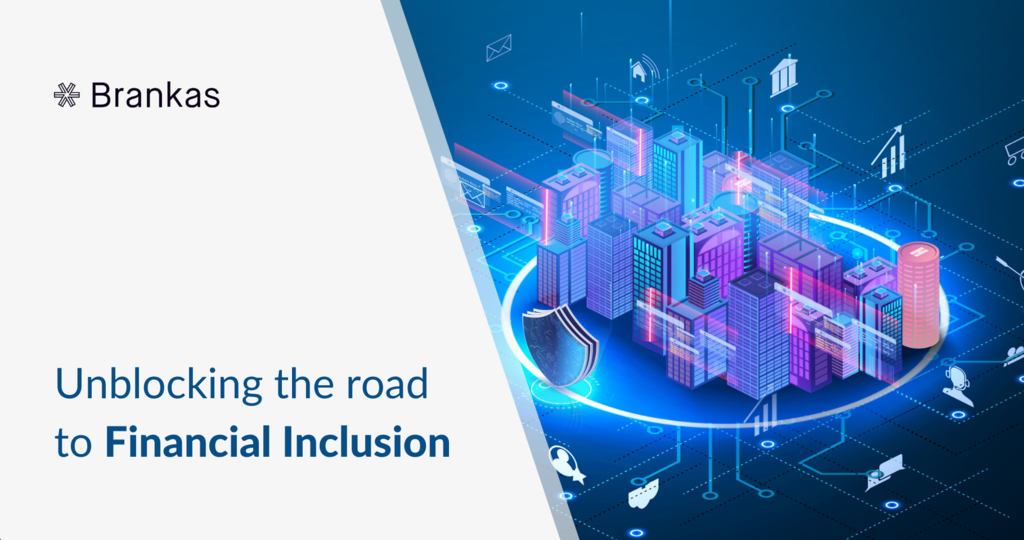
Brankas announced that we were awarded the Monetary Authority of Singapore (MAS) Financial Sector Technology and Innovation (FSTI) Proof-of-Concept (POC) grant!

Developing banking and payment software for your business isn’t always feasible since it requires enormous work. The painstaking processes of creating a capable system can be time-consuming and resource-intensive, too. As such, companies often partner with third-party organizations that provide the functionality they need.
In the past, businesses had two primary licensing approaches for third-party software:
Meanwhile, a third option is gaining traction—open-core service, combining open and closed sources characteristics. With that, let’s dive into the details of open-core services and how they can help boost your operations.
Open-source services allow free use, modification, and redistribution of the software according to the license terms. The licensing terms also determine whether the modified product is free or for a fee. Open-source software is usually in a public space that anyone can access.
On the other hand, an open-core service only offers a “core” part of its code as open-source. Meanwhile, more advanced features become paid add-ons. Open core is a newer model that builds on open source’s positives, providing room for improved security, better speed, vertical scalability, and more active technical support compared with the former.
Financial and e-commerce entities require effective systems from day one, so it’s essential to leverage software that offers a wide range of services yet is easy on the wallet. In particular, open-source core banking services can aid financial institutions without splurging on proprietary software or creating one from scratch.
Now that you have an idea regarding open-core software, which includes Brankas’s Open Core solutions, let’s talk about how it can benefit your enterprise.
Closed services sometimes devise ways—like vendor lock-in—to prevent you from switching to another product. Here, they essentially trap you with the service they offer. Any changes in the vendor’s operations, including price increases, product changes, and even closure, can significantly impact your company, and there’s little to no way out of it.
Fortunately, open core’s foundation on open source minimizes the risk of vendor lock-in. For example, services such as Brankas Open Core lets you switch between your preferred banking and payment systems, thus reducing unnecessary costs and time needed to transfer data from one service to another.
Proprietary software services typically have enormous price tags, which may exceed your budget and encourage you to develop an in-house banking system instead. Then again, it’s an expensive task with no assurance of success.
Brankas’s Open Core solutions come with complete, modern, and end-to-end financial solutions to meet your needs, regardless of company size. The system can handle heavy transactions and tasks like loan management, so there’s no need to start at square one. Brankas also provides continuous enhancements, debugging, and other improvements to facilitate seamless operations.
Data protection is a primary concern of financial institutions, hence the need for a compliant system to protect your clients’ data and prevent penalties. Open-core software developers leverage the latest security trends to ensure their systems meet regulatory requirements.
You can expect similar capabilities and more with Brankas Open Core, built with best security practices: multi-layer encryption, authentication, and authorization. It also lets you log and audit system access calls, which you can incorporate into third-party API gateways and services, allowing in-depth configuration for dynamic and real-time monitoring.
Most financial systems on the market are closed technologies with limited customizability. The vendor gives you no other options than what they already provide, which may be more than what’s required. In other words, you’re splurging resources on unnecessary features.
It isn’t an issue for modular systems like Brankas Open Core, which features discrete yet easily connectible modules you can customize with only the necessary functions. This characteristic also aids in compliance, letting you modify the system to meet local requirements.
Again, proprietary financial management software costs a lot, with licensing prices typically starting at $500,000 annually. The cost can be a barrier for many entities, especially small yet high-quality services, preventing them from growing and reaching more people. As such, there’s a need for reliable and affordable solutions.
Since it’s an open-source project, financial institutions can access and implement Open Core services for free. For more in-depth services, Brankas also offers flexible and affordable prices for add-ons to enable both large and small enterprises to compete in the financial landscape.
Being well-equipped with capable services can secure your business’ success in the digital age. Unfortunately, despite the availability of many financial software choices on the market, some are too rigid or offer inadequate functions.
The good news is you can skip the risky guesswork and use core services for a powerful yet flexible tool that adjusts according to your company’s needs—not the other way around.
Constant innovation and collaboration drive the technological landscape, hence the importance of open finance in improving fintech services. As a leading financial services provider in Southeast Asia, Brankas’s Open Core service can help your business reach new heights without sacrificing your freedom and resources.
Contact us today to learn more!

Brankas announced that we were awarded the Monetary Authority of Singapore (MAS) Financial Sector Technology and Innovation (FSTI) Proof-of-Concept (POC) grant!

Many organizations and individuals face inadequate financial services. This inadequacy can have severe implications as it can hinder financial literacy for individuals and business growth for companies. On the other hand, financial inclusion can result in a more productive economy. But what is financial inclusion?